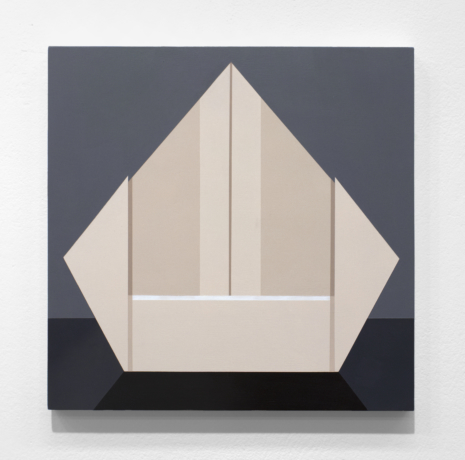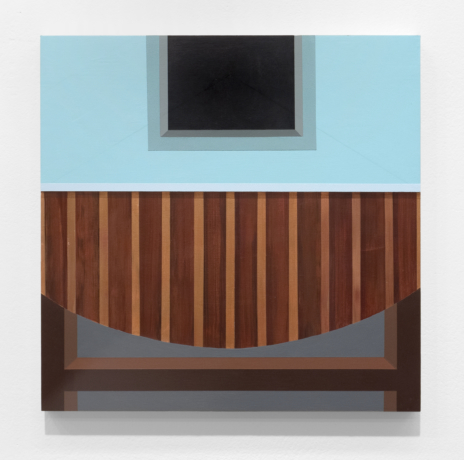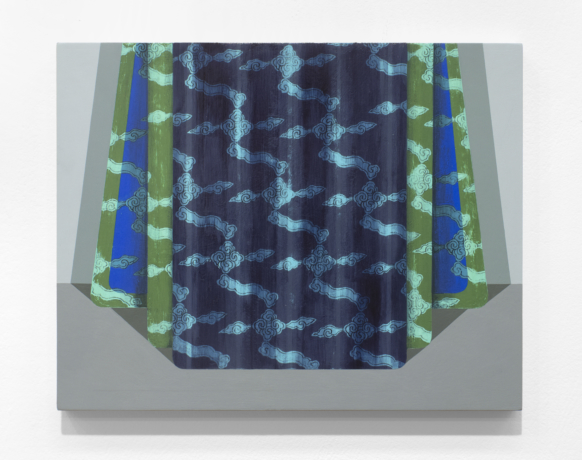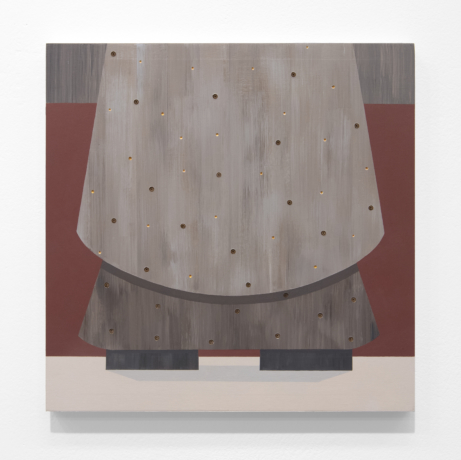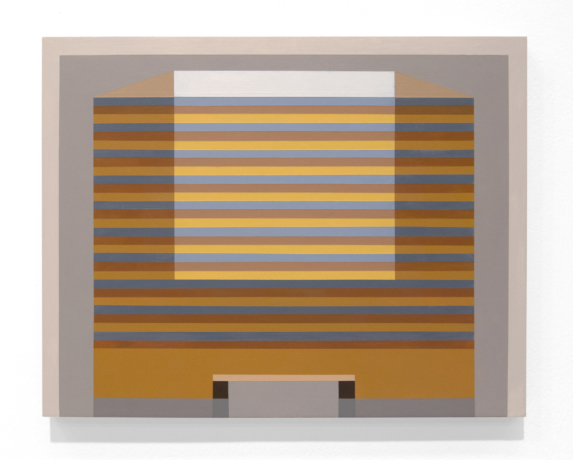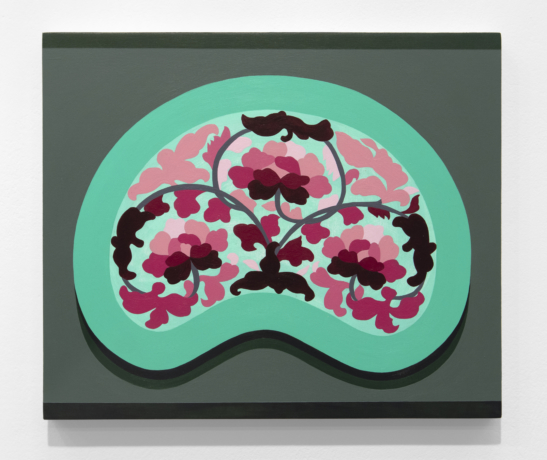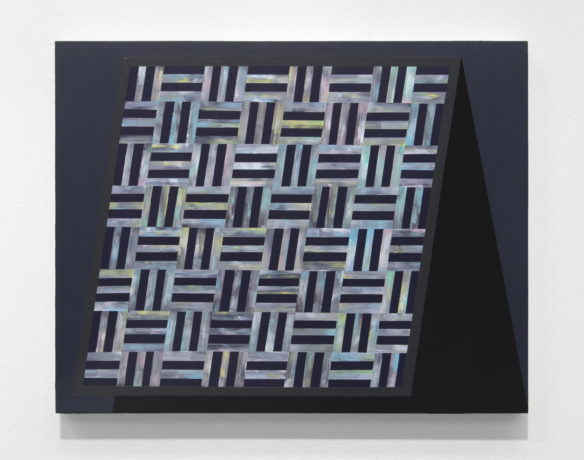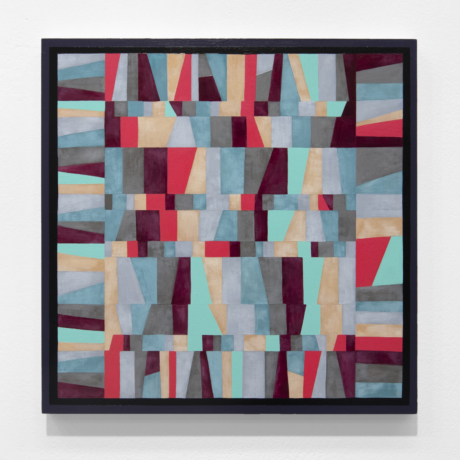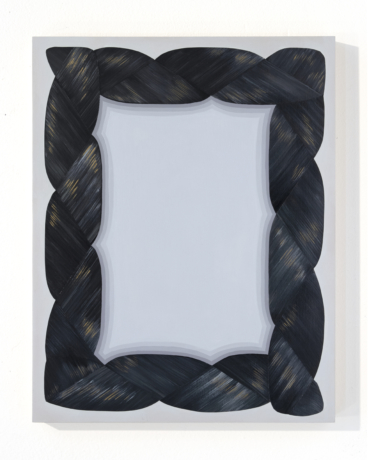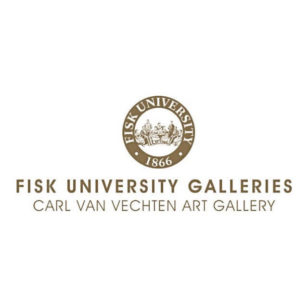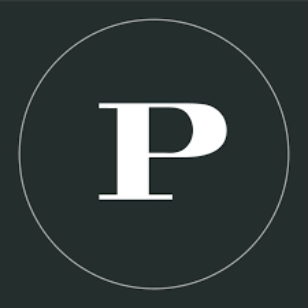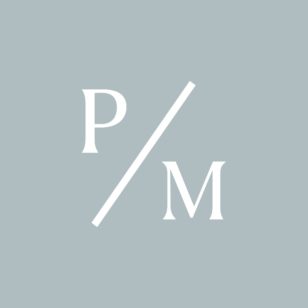MARY LAUBE
Website
Knoxville, TN | Painting, Drawing
Bio:
Mary Laube received an M.F.A. in Painting and Drawing from the University of Iowa. Recent exhibitions include the Spring Break Art Show (NYC), Tiger Strikes Asteroid (NYC), and Monaco (St. Louis). Her work has been supported by several artist residencies including Yaddo, the Virginia Center for the Creative Arts, Stiwdeo Maelor (Wales), and the Fanoon Center for Print media Research in Doha, Qatar. She is the recent recipient of a Sustainable Arts Foundation Award and an AHL Foundation Visual Art Award. She is also a co-founder of the Warp Whistle Project, a collaborative duo with composer Paul Schuette. Together, they make work that merges kinetic stage sets with music performance. Their latest work was performed with the Network for New Music in Philadelphia. Mary is an Assistant Professor at the University of Tennessee Knoxville in Painting and Drawing.
Statement:
My paintings address the relationship between material culture and memory. I use Korean imagery to represent memory within the context of personal and political narratives. Prompted by my own identity as a Korean-born American, I create fragmented representations related to cultural displacement, memory loss, diasporic identity, and the ubiquitous absence of ancestral knowledge. Through painting, I hope to find new ways of contextualizing my own migration story within broader narratives of global diaspora.
Each painting references a unique object observed from various sources including museum collections and printed books relating to the history and culture of Korea. Within my paintings, the flattened, paper-thin fragments of my observations represent the fictitious nature of memory and our misunderstandings of how one “recalls” history. At the same time, my work represents memory loss not only as the distancing from an absent object, but also as a creative force that can forge new content. Tables, boxes, braids of hair, and textiles are treated as portraits - vessels for the inscription of memory or surrogates for absent bodies. While physically inert, they possess an animated quality: performing as stand-ins for the human figure. Overtime, the recognizable references in the work become abstracted, representing the spaces in our memory where we imagine or invent something new.
